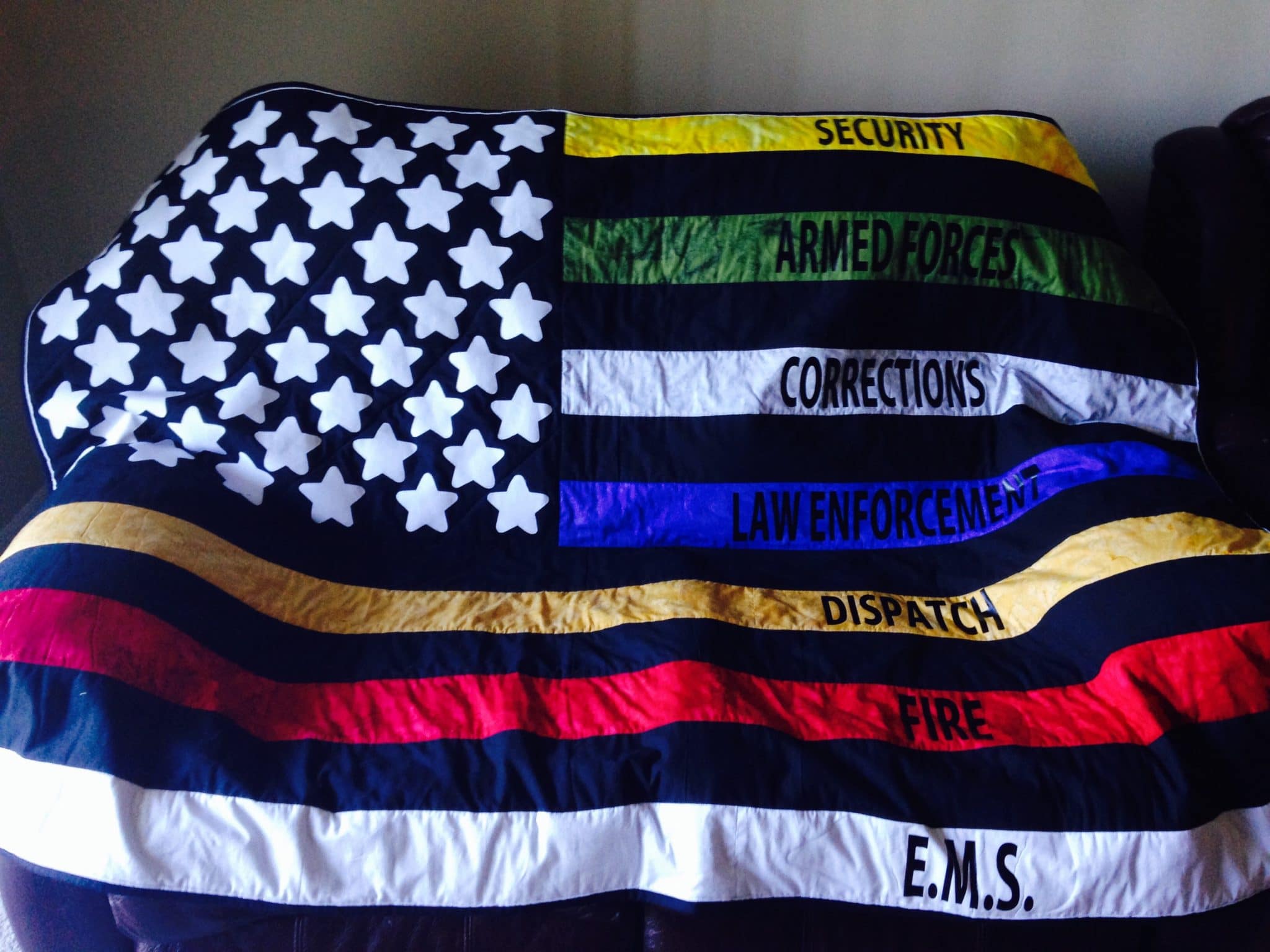New York updates Coroner Standards
A new law signed by New York Governor Andrew Cuomo on Monday requires elected county coroners across the state to complete medical-legal investigation courses prior to taking office. This makes New York the 17th state to require training for coroners, according to data from the Centers for Disease Control and Prevention, while four other states require that coroners be physicians
Specific requirements of the courses will be established by the Department of Health with input from the Commission on Forensic Science, the N.Y. State Division of Criminal Justice Services, the N.Y. Department of State and other professional groups, according to a summary of the bill, which was sponsored by Assemblyman John T. McDonald III (D-108th District).
“Deaths are difficult enough. Their cause and discovery need to be handled properly and state designated training is the right way to go,” McDonald said in a statement shortly after the bill passed in the state assembly on a 140-3 vote. The issue was brought to him by the New York State Association of County Coroners and Medical Examiners, McDonald said in an article for the Times Union.
Coroners, unlike medical examiners, are not required to have any specific education or professional background except where specifically mandated by law—30 U.S. states have a coroner system for death investigations while 20 have a medical examiner system, according to the CDC. New York code states that, if a coroner is not licensed to practice medicine in the state, they must work with a coroner’s physician. However, McDonald stated on the assembly floor following his vote that coroners should still be required to have some training.
by Laura French – Associate Editor – Forensic Magazine


Thin Lines of Honor
The Thin Blue Line is a symbol used by law enforcement, originating in the United Kingdom but now prevalent in the United States, Canada, Australia, Germany, Belgium , Switzerland, and Poland to commemorate fallen and to show support for the living law enforcement officers and to symbolize the relationship of law enforcement in the community as the protectors of the community from criminals and victimization.
In the United States of America, each stripe on the emblem represents certain respective figures: the blue center line represents law enforcement, the top black stripe represents the public and the bottom represents the criminals. Proponents say that the idea behind the graphic is that law enforcement (the blue line) is what stands between the violence and victimization by criminals and the would-be victims of crime. Opponents note that the representations of the public and the criminals are identical, and suggest that the symbology ironically represents a police vs. everyone else mindset.
Proponents of the symbol assert that the identifier is intended to show support for police and the US flag-based version of the thin blue line has become a symbol for the Blue Lives Matter movement. In the wake of the 2016 shooting of Dallas police officers, a US flag based version became even more popular among law enforcement personnel, their families, and supporters.
Variations
- The Thin Red Line – fire and rescue services
- The Thin Silver Line – Corrections officer
- The Thin Yellow Line – Tow truck drivers and Security Officers
- The Thin Green Line – Military, Conservation Officers, Park Rangers, Game Wardens, Border Patrol. In the United Kingdom, the Thin Green Line represents Emergency medical services.
- The Thin Gold Line – Dispatchers
- The Thin White Line – Emergency medical services. The thin white line differs from other thin lines in that the background is blue instead of black, (yet some will use black instead of blue,) with a white line crossing horizontally through the middle.
- The Thin Orange Line – Search and Rescue Personnel (SAR)
- Thin Black Line – Nurses. The thin black line differs from other thin lines because it is a white background with a horizontal black line through the middle. Nurses will also use The Thin White Line.
- Thin Camo Line – Military Personnel. The Thin Camo Line usually will use the NATO style camouflage, (Green, Red-Brown, and Black.) Different branches of the military can use their branches camo to represent the Thin Camo Line.
- Thin Red-Blue-Green Tri-Line – Represents all three branches of emergency service personnel, fire, police and ambulance.
 Medicolegal Death Investigation – Online Academy
Medicolegal Death Investigation – Online Academy

 The Death Investigation Training Academy was founded to play an integral role in the death investigation community. The need for quality accredited training is in short supply and high demand. Using a combination of class room training, live on site scenario exercises, and web based training, the Death Investigation Training Academy is filling the need of 21st-century investigators.
The Death Investigation Training Academy was founded to play an integral role in the death investigation community. The need for quality accredited training is in short supply and high demand. Using a combination of class room training, live on site scenario exercises, and web based training, the Death Investigation Training Academy is filling the need of 21st-century investigators.




